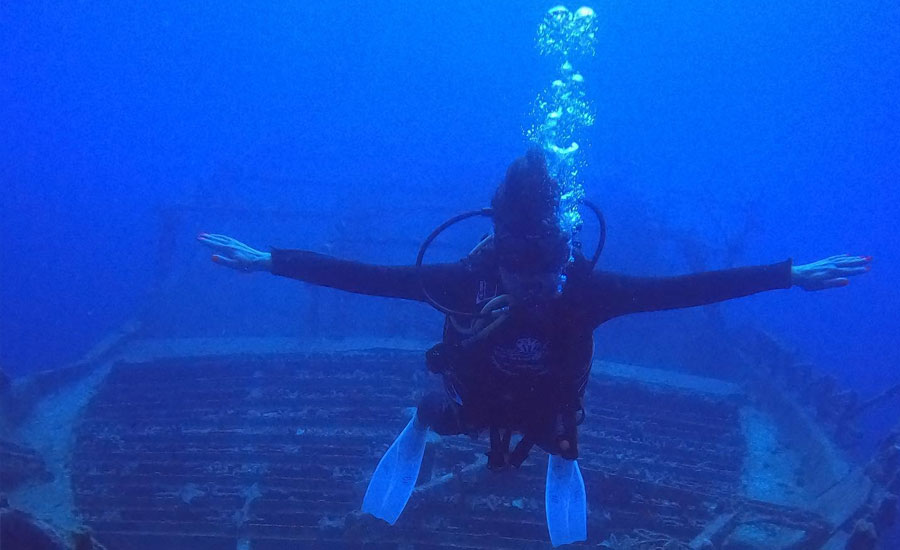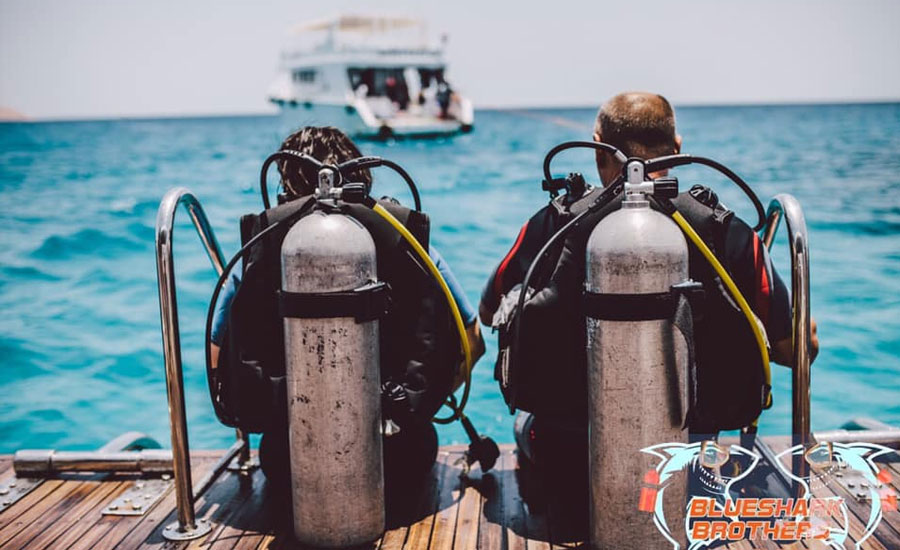
ALL COURSES LIST
Checkout Our Popular Courses

ADVANCED
PADI DEEP DIVER SPECIALTY
The opportunity to explore the deep. During the course you will learn how to plan deep dives, manage your breathing

ADVANCED
PADI NIGHT DIVE SPECIALTY
If you've ever wondered what happens underwater after the sun goes down, sign in for the PADI Night Diver Specialty

BEGINNER
PADI WRECK DIVING SPECIALTY
Every wreck dive offers an opportunity to discover something fascinating, possibly unravel a mystery or find something others may have
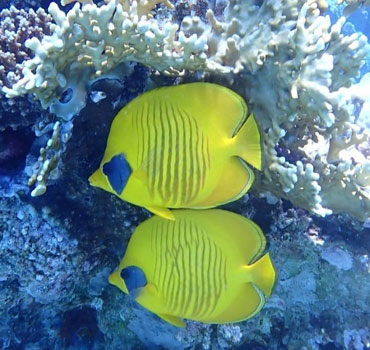
BEGINNER
PADI UNDERWATER NAVIGATOR SPECIALTY
Do you want to be the one everyone wants to follow because you always know where you are and where
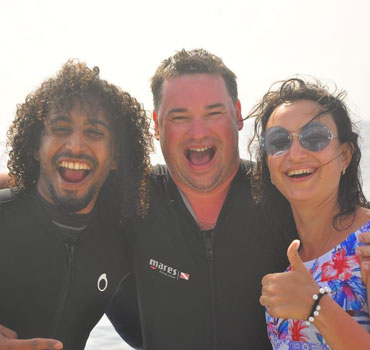
The Emergency First Response course gives you the confidence to properly respond to medical emergencies - not only in the

BEGINNER
PADI RESCUE DIVER COURSE
This course is highly recommended for all divers. You will learn how to avoid and manage problems in the water.

PROFESSIONAL
PADI DIVE MASTER COURSE
Become a Dive Master and do what you enjoy doing in your free time. As a PADI Certified Instructor, you
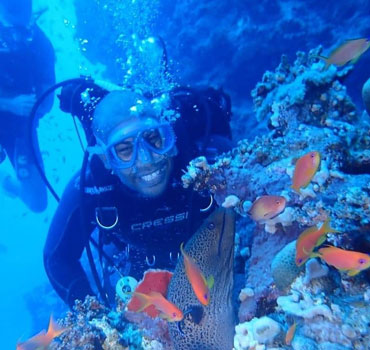
ADVANCED
ADVANCED OPEN WATER COURSE
This course is designed to expand your diving skills. You can start the course right after receiving your PADI Open
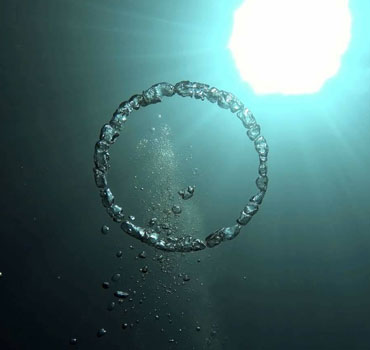
BEGINNER
PADI BUBBLEMAKER COURSE
Diving course for children! Under the supervision of a professional diving instructor, children from the age of eight can learn

BEGINNER
PADI SCUBA DIVER COURSE
If you are short on time and want to get a diving license in a short amount of time, this
WHY DIVING IN THE RED SEA?
The Red Sea is the dream destination of many people and is a popular spot for sunbathers and fun lovers from all over the world due to its magnificent beaches with golden sand, crystal clear water and colorful corals.
The average surface water temperature of the Red Sea in summer is about 26°C (79°F) in the north and 30°C (86°F) in the south, with only about 2°C (3.6°F) variation during the winter months.
The Red Sea is one of the saltiest seas in the world due to high evaporation.
It is home to a rich and diverse ecosystem. More than 1200 species of fish have been recorded in the Red Sea, and about 10% of them are found nowhere else in the world. There are also over 1,000 invertebrate species and 200 soft and hard corals.
The Red Sea is also known for its spectacular scuba diving sites such as Ras Mohammed, SS Thistlegorm (shipwreck), Elphinstone Reef, The Brothers, Daedalus Reef, St.John’s Reef, Rocky Island in Egypt.
The sea’s name comes from the seasonal red flowers of Trichodesmium erythraeum, which are visible near the water’s surface. The northern part of the Red Sea has been named one of the seven wonders of the underwater world for its extreme beauty and biodiversity of marine life.
The Red Sea’s underwater ecosystem is home to over 300 species of coral and 1,200 species of fish, 10% of which are found nowhere else in the world. Spinner dolphins, dugongs, turtles, manta rays and sharks are just a few of the marine species that call these waters their home. There are a number of reefs, islands and coastal areas that are protected areas and national parks.
Dolphins also attract tourists to Egypt each year. It is very common to see these beautiful creatures roaming the sea while doing a boat trip. They are usually very playful and will approach people up close as long as you remain calm and respect the dolphins‘ space.
Sea turtles play an essential role in keeping the Red Sea healthy and teeming with life.
Green turtles maintain vital seagrass beds that house spawning fish, their juveniles and a large number of other invertebrates such as molluscs and crustaceans, which are at the bottom of the food chain. Hawksbill turtles feed on coral and sponges, helping to balance these two populations. This balance has been shown to be critical to healthy coral reefs. So sea turtle conservation is not just about turtles, it is about protecting all the habitats that they use and that humans also enjoy, like the coral reefs. A healthy sea turtle population depends on us and how we use the resources we share with these animals.



